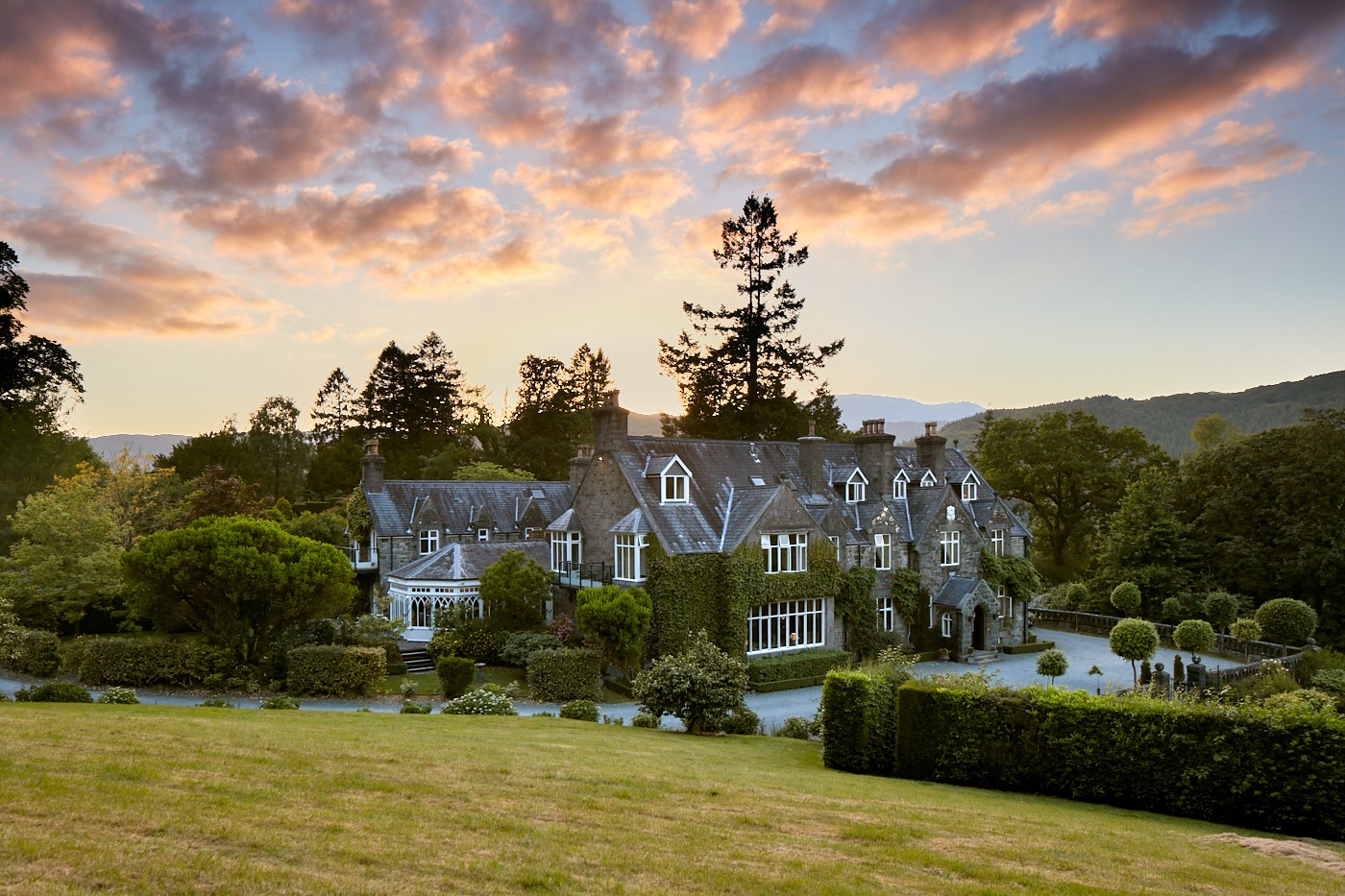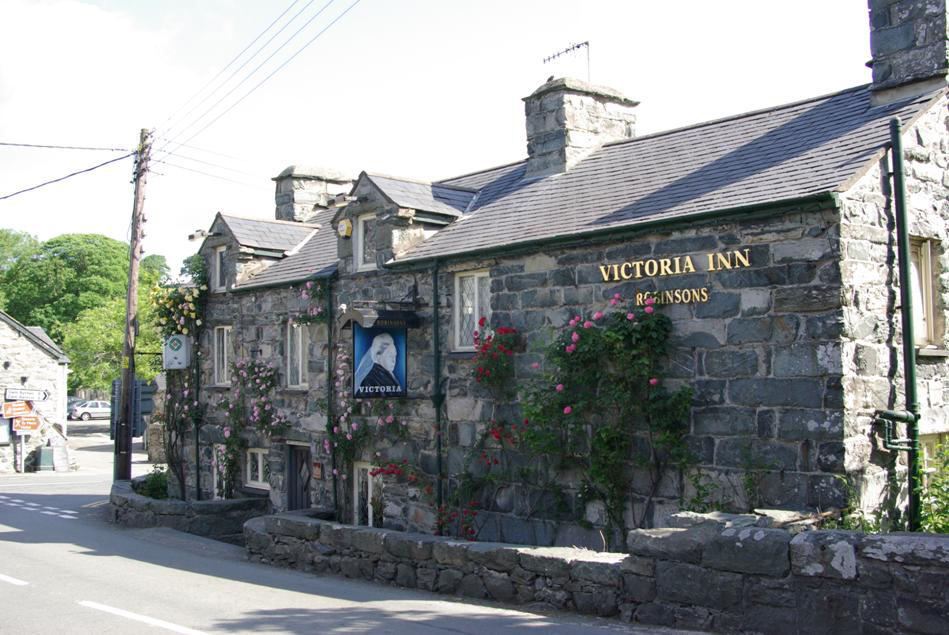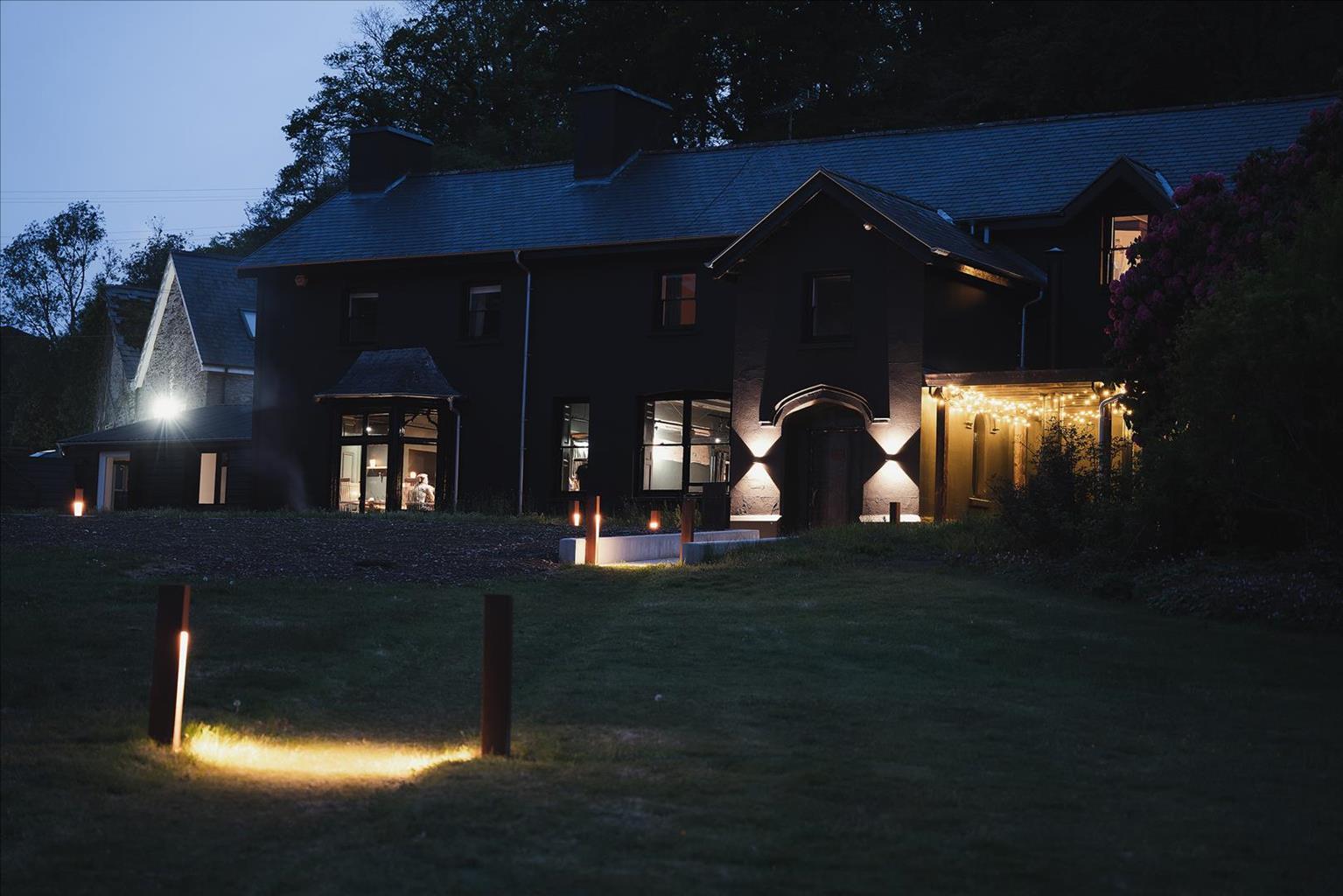First impressions at the Fanny Talbot might suggest a mere seaside resort pub, but this recently…
From Barmouth across the Mawddach Estuary

6 miles (9.7kms)
About the walk
Barmouth used to be a seaport, trading the coarse woollen goods of Merionydd with the Americas. In those days the village cottages were strung out across terraces in the cliffs and there was one pub, The Corsygedol Arms. There wasn’t enough room to fit the main road from Harlech between those rocks and the sea, so it bypassed the village and instead went inland, over the Rhinog mountain passes.
In the mid-19th century it all changed. Barmouth built a main street on the beach. Visitors became more frequent and the resort’s sea and sand attracted the gentry from the Midlands. Barmouth also came to the notice of the famous: the poet William Wordsworth said of the Mawddach Estuary that it was sublime and equal to any in Scotland. Artists like J M W Turner and Richard Wilson came to capture the changing light and renowned beauty of estuary and mountainside. In 1867 the railway arrived, and a new bridge was engineered across the estuary sands. It was half a mile (800m) long and had a swing section across the Mawddach’s main channel to allow shipping to pass. Today you can see that Barmouth is still in the most wonderful situation. The view is best when the sun’s shining and the tide’s half-out.
Across the estuary your eyes cannot help but be drawn to mighty Cadair Idris. This is not one mountain, but a long ridge with several peaks, each displaying fierce cliffs that soar above the wooded foothills. The biggest is Penygadair at 2,927ft (892m), but the most prominent is Tyrrau Mawr, a shapely peak with a seemingly overhanging crag.
As you get to the other side you can look back to Barmouth, and you will see how this town has been built into the rocks of the lower Rhinogs. Across the bridge you’re ready to explore those wooded foothills. Through Arthog the path climbs between oak trees and you find yourself looking across to some waterfalls. At the top you are presented with an elevated view of all that you have seen so far: the estuary, the sandbars, the mountains and the yawning bridge. By the time you return to Barmouth you will have experienced that ‘sublime’ Mawddach.
Walk directions
Follow the promenade round the harbour, then go over the footbridge across the estuary (voluntary toll in place). On reaching the path along the south shore of the estuary, turn left to follow the grassy embankment that leads to a track rounding the wooded knoll of Fegla Fawr on its seaward side.
Reaching the terraced houses of Mawddach Crescent, bear right to follow the track that passes to their rear. Turn left onto a tarmac track and follow it along the shoreline, until you reach a gate on the right. Go through this and follow the bridleway across the marshes of Arthog.
Turn left along the old railway track, then leave it just before the crossing of the little Arthog Estuary, and turn right along a tarmac lane by a small car park. Bear left through a gate and follow a raised embankment to a wall which now leads the path to the main Dolgellau road (A493), next to St Catherine’s Church.
Opposite the church gate is a footpath beginning with some steps into woodland. A good waymarked path now climbs above Arthog to meet a track. Turn left onto this and then take the second path on the right to continue climbing steeply, passing several stiles and gates.
Beyond a stile at the top of the woods, turn right to come to a lane. Turn right along the descending lane, then left along a stony track, passing the cottage of Merddyn. The track gets narrower and steeper as it descends into more woodland, beneath the boulders of an old quarry and down to the Dolgellau road by Arthog’s village hall.
Turn right along the road, then left just after a flashing speed restriction sign to join a path back to the railway track and the Mawddach Trail. Turn left along the trail and follow it past Morfa Mawddach Station and back across Barmouth’s bridge.
Additional information
A bridge, good tracks and woodland paths, several stiles
Estuary and wooded hills
Dogs should be on a lead at all times
OS Explorer OL23 Cadair Idris & Llyn Tegid
Pay-and-display car park on seafront
Near Barmouth’s car park, or near Morfa Mawddach Station
WALKING IN SAFETY
Read our tips to look after yourself and the environment when following this walk.
Find out more
Also in the area
About the area
Discover Gwynedd
The county of Gwynedd is home to most of the Snowdonia National Park – including the wettest spot in Britain, an arête running up to Snowdon’s summit that receives an average annual rainfall of 4,473mm. With its mighty peaks, rivers and strong Welsh heritage (it has the highest proportion of Welsh-speakers in all of Wales), it’s always been an extremely popular place to visit and live. The busiest part is around Snowdon; around 750,000 people climb, walk or ride the train to the summit each year.
Also in Gwynedd is the Llyn Peninsula, a remote part of Wales sticking 30 miles out into the Irish Sea. At the base of the peninsula is Porthmadog, a small town linked to Snowdonia by two steam railways – the Welsh Highland Railway and the Ffestiniog Railway. Other popular places are Criccieth, with a castle on its headland overlooking the beach, Pwllheli, and Abersoch and the St Tudwal Islands. Elsewhere, the peninsula is all about wildlife, tranquillity, and ancient sacred sites. Tre’r Ceiri hill fort is an Iron Age settlement set beside the coastal mountain of Yr Eifl, while Bardsey Island, at the tip of the peninsula, was the site of a fifth-century Celtic monastery.
Nearby stays
Restaurants and Pubs
Nearby experiences
Recommended things to do
Why choose Rated Trips?
Your trusted guide to rated places across the UK
The best coverage
Discover more than 15,000 professionally rated places to stay, eat and visit from across the UK and Ireland.
Quality assured
Choose a place to stay safe in the knowledge that it has been expertly assessed by trained assessors.
Plan your next trip
Search by location or the type of place you're visiting to find your next ideal holiday experience.
Travel inspiration
Read our articles, city guides and recommended things to do for inspiration. We're here to help you explore the UK.













